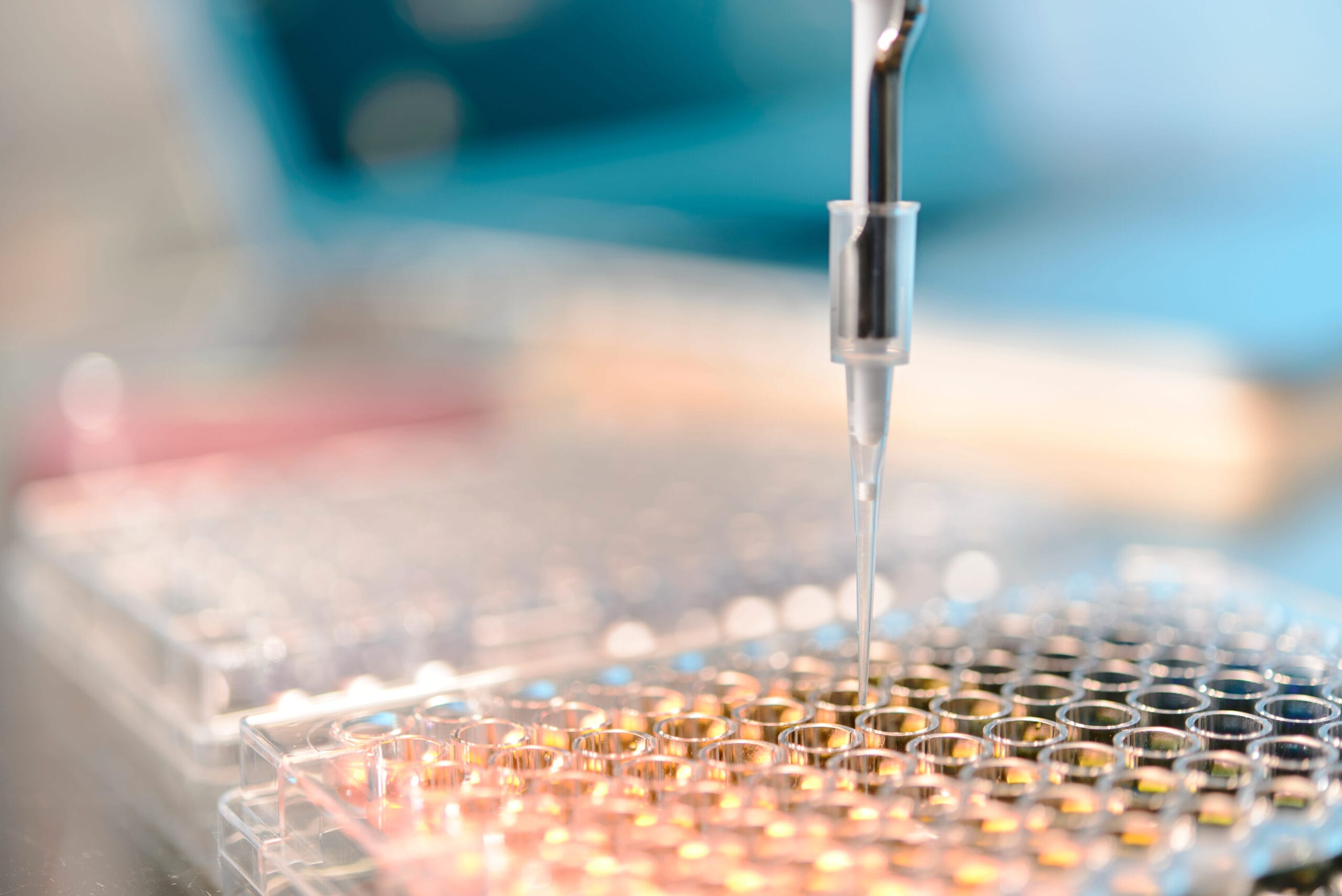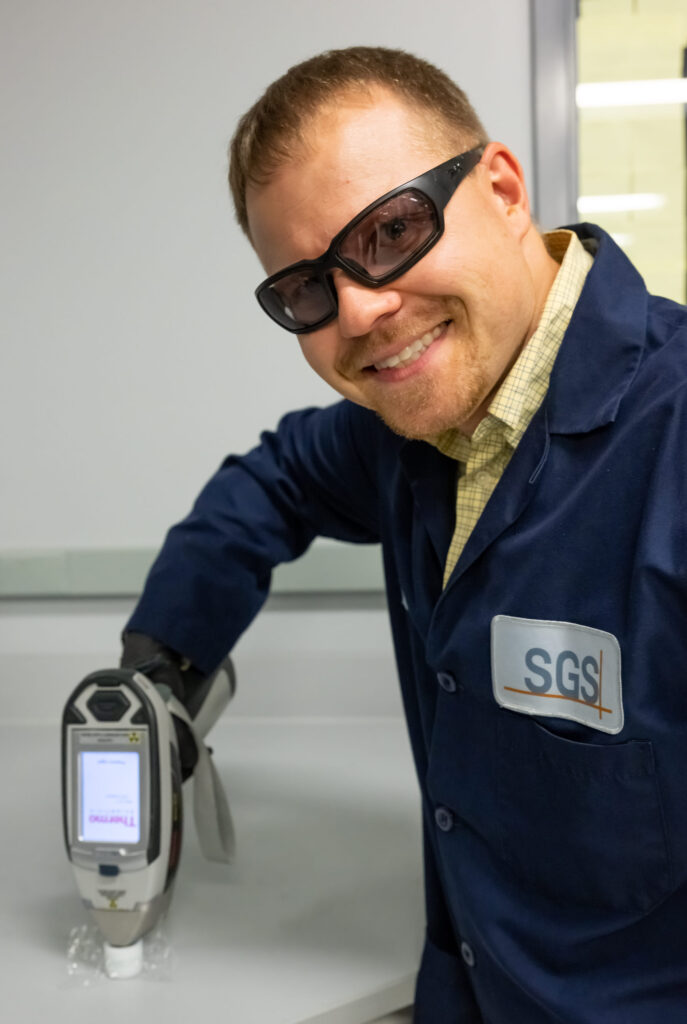
Chemical Analysis
Products that are obtained from near-shore and off-shore suppliers can be tested to verify compliance.
The presence of restricted substances can be determined. Materials are sourced and specified with the belief that the composition, properties, and performance will be in compliance with regulations, purchase requirements, and user expectations.
Approaches
The work-horse techniques for imported goods testing are the X-ray fluorescence spectroscopy (XRF), Gas Chromatography/Mass Spectrometry (GC/MS), and Inductively Coupled Plasma with Optical Emission Spectroscopy (ICP/OES).
We routinely evaluate flexible plastic materials to determine the plasticizer content both in terms of concentration and chemical identity.
Our expertise in heavy metals analysis is another area that is routinely applied to the testing of imported goods.
Sample Considerations
A sample representative of the product must be provided. For liquids, 3 to 4 ounces (100 mL) is sufficient. For solids, 50 to 100 grams is usually sufficient. When sample size is limited, we can adjust our analytical procedures to accommodate that constraint.
Contact and expert to talk through your specific sample considerations.
Experience
We have extensive experience providing our clients with the data they need to ensure their imported goods are in compliance with applicable regulations.
Products we’ve tested:
- Rubber O-rings, gaskets, and hoses
- Children’s toys
- Jewelry
- Electronic components
- Plasticized vinyl

